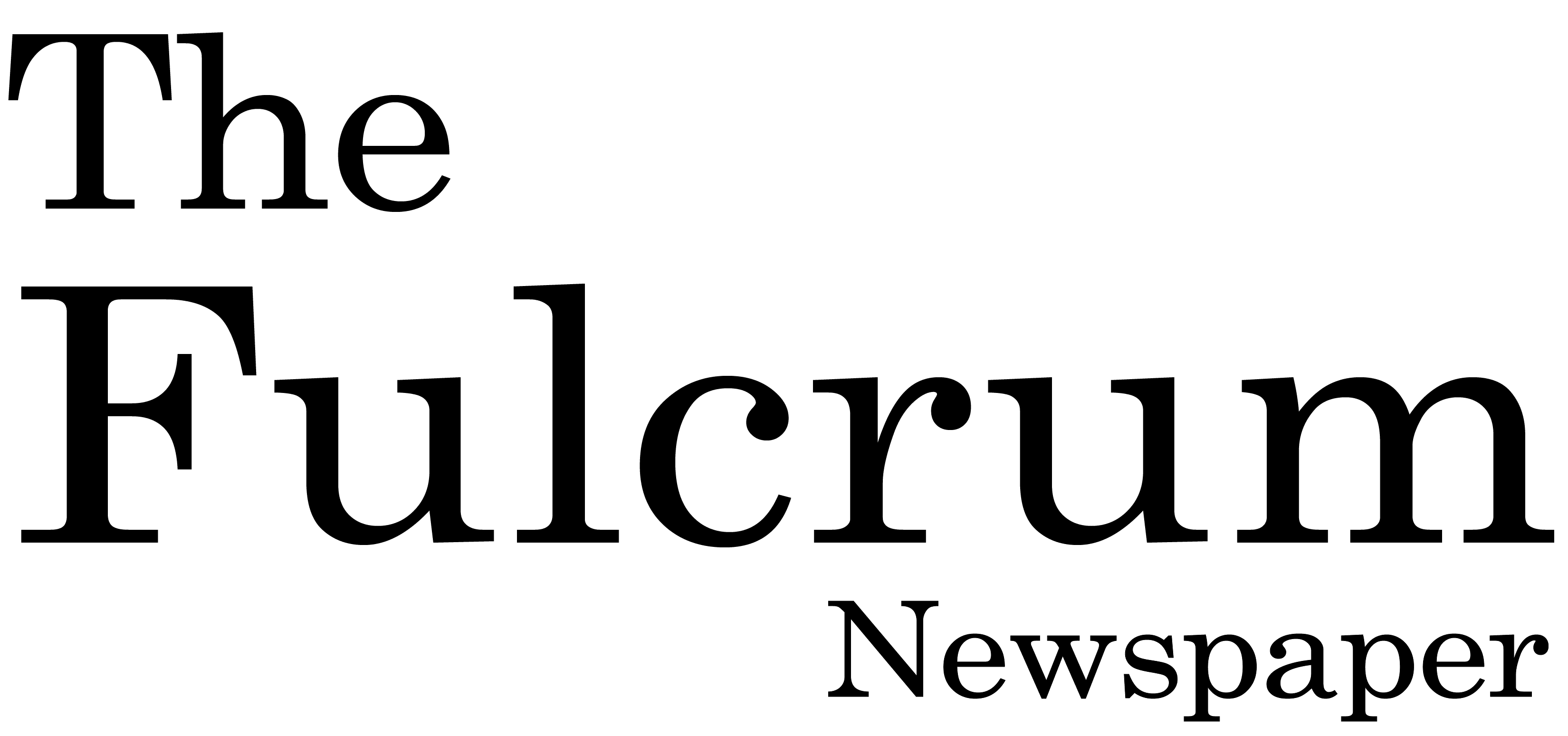
It is officially WEEK 8! We are now on the other side of the semester hill and the pacing is changing as fast as the temperatures! This week, I want to continue to spotlight Disability Awareness Month, which takes place every October. I have curated some resources for you around Disability Critical Race Theory analysis (aka DisCrit) and ableism, as well as remind everyone about the Strive for 85 challenge that Professional Development and the Teaching Resource Center is running this academic year. Have an idea? Know of a local professional development event? Want me to highlight something you think is important or just plain interesting and world enhancing? Let me know at malmbergsm@sunybroome.edu or you can email Professional Development at professionaldevelopment@sunybroome.edu!
DisCrit
The first I would like to share this week is a scholarly article titled “Identifying dysfunctional education ecologies: A DisCrit analysis of bias in the classroom” written by Subini A. Annamma & Deb Morrison and published in 2018. This article builds upon previous work by Annamma, Ferri, and Connor (2013), which introduces us to the concept of Disability Critical Race Theory (DisCrit) which combines aspects of Critical Race Theory (CRT) and Disability Studies (DS) to propose a new theoretical framework that incorporates a dual analysis of race and ability: Dis/ability Critical Race Studies, or DisCrit. The authors identify the following tenets as a framework:
- DisCrit focuses on ways that the forces of racism and ableism circulate interdependently, often in neutralized and invisible ways, to uphold notions of normality.
- DisCrit values multidimensional identities and troubles singular notions of identity such as race or dis/ability or class or gender or sexuality, and so on.
- DisCrit emphasizes the social constructions of race and ability and yet recognizes the material and psychological impacts of being labeled as raced or dis/abled, which sets one outside of the western cultural norms.
- DisCrit privileges voices of marginalized populations, traditionally not acknowledged within research.
- DisCrit considers legal and historical aspects of dis/ability and race and how both have been used separately and together to deny the rights of some citizens.
- DisCrit recognizes Whiteness and Ability as Property and that gains for people labeled with dis/abilities have largely been made as the result of interest convergence of White, middle-class citizens.
- DisCrit requires activism and supports all forms of resistance.
The Annamma and Morrison (2018) article focuses on the ways implicit bias impacts classroom interactions through the lens of DisCrit and how the utilization of the Freirean construct of Transformative Praxis (1970) can reduce and/or ameliorate disability bias in the classroom.
Understanding Ableism
The following graphic was shared with me via a pedagogical resource listserv I am on and I wanted to share it with our campus community, as well. The image, a triangle, is known as the Ableism triangle and it is a visual reference tool that divides actions/policies into “socially acceptable ableism” (e.g. educational exclusion and seclusion, lack of access to signage) and “socially unacceptable ableism” (e.g. hate crimes, R-word).
Strive for 85!
Finally, a reminder that about our Strive for 85 challenge! In order to complete the challenge, you must:
- Identify your baseline Blackboard Ally score
- Attend at least two workshops with a Strive for 85 designation
- Complete the Deque University Digital Content Accessibility Guru certificate (2 levels)
- Attend and complete at least one accessibility webinar through the Innovative Educators platform
- Raise your Ally score by at least fifteen percentage points or to an overall score of 85, whichever is met first!
Questions? Please contact Professional Development at SUNY Broome for more info!
Submitted by: Professional Development
Tags: Professional Development


